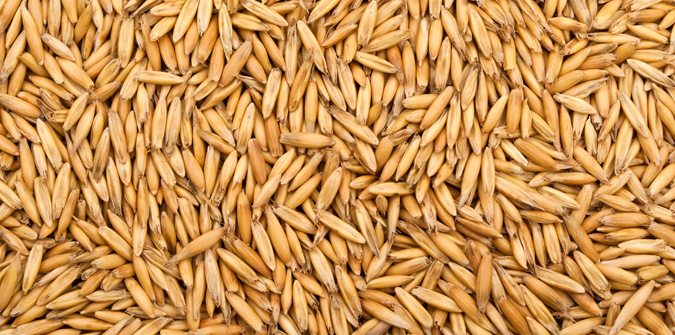Are you eating enough insoluble fibre?
Insoluble fibre is provided in foods from plants in our diet since most of the plant’s structure can not be easily digested and it therefore passes through the digestive system and into the bowel where it is fermented by bacteria. Fibre is important throughout life for bowel health and can help protect us from bowel cancer in later life. Fibre helps to keep our bowels regular, by forming the bulk of the stool and helping it move through the large bowel.
There are 2 types of fibre in the diet, insoluble fibre and soluble fibre.
The body can’t digest insoluble fibre and it passes through the gut to help food and waste product move through. Insoluble fibre helps to keep bowels healthy and stop constipation. Wholegrain bread, wholegrain breakfast cereals and the skin of fruit and vegetables all contain this type of fibre.
The other type of fibre in soluble fibre which can be partially digested and this helps to reduce the amount of cholesterol in the blood, good sources are oats, pulses, seeds, fruit and vegetables.
Most of us still don’t get enough fibre in our diets, the average intake in the UK is 12g per day and the Department of Health advises up to 24g fibre for men and women and 18g as a good average. For those with constipation the recommendation is up to 32g per day (with extra fluids) but there is no proven benefit of taking fibre higher than this.
Looking at a food label is the easiest way to identify whether or not a food contains a little or a lot of fibre. The Food Standards Agency recommends that any product claiming to be a good source of fibre must contain at least 3g fibre per 100g. To claim that a food is high in fibre the product needs to contain at least 6g per 100g in an amount that could be expected to be eaten in a day.
People suffering from IBS can be put on either a high fibre diet or low fibre diet (low residue) depending on their symptoms. Ask your GP to refer you to a gastroenterologist if you have any concerns regarding your bowels.
Top tips for increasing insoluble fibre in the diet
• Breakfast cereals are the most common source of dietary fibre but be careful to choose wholegrain varieties.
• Base all meals and snacks around starchy fibre.
• Include peas, beans and pulses into your diet at least twice per week.
• Include a variety of fruit and vegetables into your daily diet aim for at least 5 a day.
• Choose wholegrain, seeded, breads crackers, rice and pasta.
• Leave skins on potatoes before mashing.
• Increase your fibre intake slowly and also increase your fluid intake.
Good Sources of insoluble fibre to include in your diet
• Wholemeal, granary and softgrain varieties of bread.
• Jacket potatoes, new potatoes in their skins and baked potato skins.
• Wholegrain breakfast cereals such as; bran flakes, unsweetened muesli, shreddies and porridge oats (oatmeal).
• Wholemeal pasta and brown rice.
• Beans, lentils and peas – you can add them into soups, stews and salads.
• Fresh and dried fruits – particularly if the skins are eaten.
• Vegetables – particularly if the skins are eaten.
• Nuts and seeds.
• Wholemeal flour.

